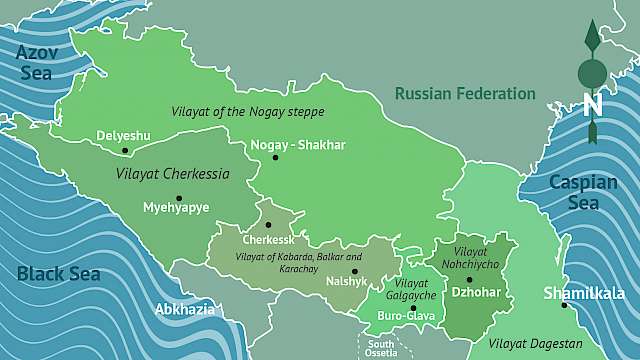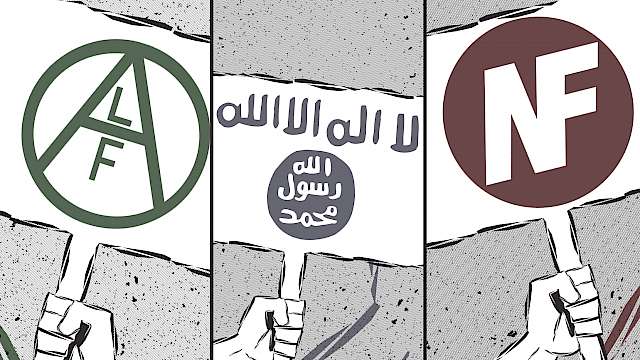This report explores the extreme right, providing an example of mobilisation around a racial-nationalist ideology where, while there is significant interpersonal violence, lethal violence is rare and the period under analysis is characterised by a significant attempt to shift away from violence towards orthodox political campaigning.
The specific empirical focus of the case study is on the British National Party (BNP) during the 1990s as it strove to achieve electoral legitimacy while simultaneously struggling to contain the actions and growing influence of its own radical flank – Combat 18 (C18) – which the BNP itself had initially formed to defend the party from a direct action campaign against it by Anti-Fascist Action (AFA).
While further escalation did take place within the radical flank, here too there were observable limits on violence, with actions that exceeded established parameters of ‘acceptable’ violence provoking intra-movement opposition, disillusionment and disengagement.
Where higher levels of violence did take place, it was largely directed at targets within the movement and served to reduce the capacity of the group to prosecute violence against opponents.
The case study is based on a survey of the secondary academic literature, extreme-right publications, activist memoirs, journalistic accounts of the groups in question, contemporary newspaper reports, television documentaries, and an interview with an anti-fascist activist (Respondent B1) active during the period.
Copyright Information
As part of CREST’s commitment to open access research, this text is available under a Creative Commons BY-NC-SA 4.0 licence. Please refer to our Copyright page for full details.
IMAGE CREDITS: Copyright ©2024 R. Stevens / CREST (CC BY-SA 4.0)






